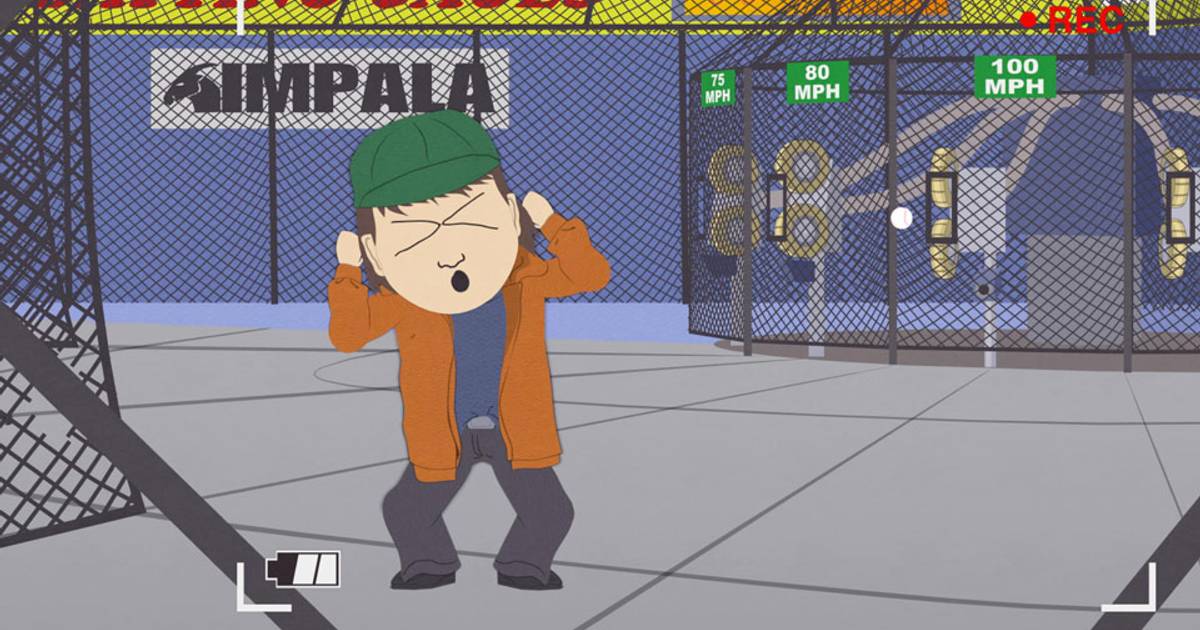Cat Who Invented Bebop, The – The Creative Company Shop
Por um escritor misterioso
Descrição
A saxophone-playing cat grows up learning jazz in the Mississippi Delta before embarking on a trip to New York City, where he makes his own lasting musical mark. Reviews "Once upon a time" the musicians who played jazz were called "cool cats." Arisman pays tribute to this concept, making his characters appropriately dr
A saxophone-playing cat grows up learning jazz in the Mississippi Delta before embarking on a trip to New York City, where he makes his own lasting musical mark. Reviews Once upon a time the musicians who played jazz were called cool cats. Arisman pays tribute to this concept, making his characters appropriately dressed but with incredibly expressive cat faces. The square cats who don't like jazz are painted square. Stringbean McCoy, our hero, born in the Mississippi Delta, plays an old saxophone, listens to the blues played by an old cat guitarist named Pops, and finally has enough money to get to New York City. There he is invited by a jazz quartet to sit in. When he solos, using both front and back paws, the square cats don't get it, but the band follows his double melody. When asked what he calls the new sounds, he says, This be for you, Pops. And jazz was changed forever. The pair of cool cat musicians on the front flap of the paper jacket added to the portrait of Stringbean on the front with birds flying out of his saxophone create an immediate response. The visual tale jumps with action happening in different-size frames from vignettes to a great double-page Pennsylvania Station crowded with all varieties of cats in a madcap assortment of clothes and postures. There is a magical appeal to the intensity of the anthropomorphic felines, as if propelled by the push of the music. A brief note adds factual content to the imaginary lengthy tale printed in small type. –Ken and Sylvia Marantz, Children's Literature Marshall Arisman dedicates his new book The Cat Who Invented Bebop to Dee (his wife) and Katman (their cat). Indeed, Katman was the inspiration for the cool cat in this delightfully penned, beautifully illustrated saga of feline frolic on the jazzy streets of New York. The coolest of all the cats is Stringbean McCoy, a stray with a penchant for swing. Of course, as Arisman notes, the real swingin' cats were charlie Bird Parker, Dizzie Gillespie, and Thelonious Monk, and any resemblance to actual cats, living or dead, is purely coincidental. But this book makes you want to believe. –Steve Heller, The Daily Heller , October 2008 This whimsical story imagines the invention of bebop music as the production of jazz-playing cats who were so cool they had their own language. It chronicles the adventures of one Stringbean McCoy, a cool kitten born to a family as square as boxes who loved him but not his music. Readers will laugh at Stringbean's inexplicably imaginative invention of bebop music by playing his saxophone using his forelegs to play one tune and his hind legs for another. As a cool kitten, Stringbean studies music with Pops, a cool cat mentor whose gentle encouragement helps him learn to play only the right notes even when his saxophone squeaks loudly and often. By the time Stringbean graduates from Catsville High, he is a good musician, even though he still plays too many notes at a time. He saves his money until he has enough for a train ticket from his home in the Mississippi Delta to New York City. Caught in his first snowstorm, he meets Cat-Dance Johnson, who points him to a jazz club called the Blue Devil Lounge. Summoning all his courage, Stringbean climbs onstage and begins playing with the band. His debut goes well until he begins a solo and notices that it is neither cool nor fast enough. His moment has arrived: Still playing the melody of Don't Start Me Talkin' with his front paws, Stringbean slipped off his shoes and, with his hind paws, played the notes to a completely different song, Mississippi Blues. Electrified by the new sounds, the other band members are quick to follow suit, thereby inventing bebop and changing jazz music for all time. Author and illustrator Marshall Arisman is an internationally known artist who chairs the M.F.A. program at the School or Visual Arts in New York City. One of the foremost illustration teachers in the United States, he paints, sculpts, and writes, and his documentary, Marshall Arisman: Facing the Audience, is due out soon. A saxophone player just like Stringbean McCoy, he clearly understands how art and music can connect, especially for young children for whom one medium can generate interest in another. His other children's book is The Wolf Who Loved Music. –Elizabeth Breau, ForeWord Magazine , November 2008 This imaginative narrative tells the history of bebop through the exploits of one of the coolest young cats to be found anywhere–Stringbean McCoy. Though the illustrations feature cats as protagonists, they have a credible sense of realism, including period details as shown in clothing and backgrounds. –Henrietta M. Smith, Horn Book Guide , Spring 2009 Artist, raconteur, and saxophonist Marshall Arisman was born in Jasmestown, New York, the home of Lucille Ball and 10,000 Maniacs. His political drawings regularly appear in The New York Times, The Nation, and Time magazine. His mystically charged works are on permanent installation at the Brooklyn Museum, the National Museum of Art, and the Smithsonian. Arisman was also the very first American artist invited to the Guang Dong Museum of Art in China. He resides in NYC with his family, which includes a loquacious kitty named Katmandu. His 2008 children's book The Cat Who Invented Bebop (complemented by Jeff Williams's swinging jazz score available on DVD) is based on the urban jazz legend of Charlie Parkers playing two songs at once. This book, so brilliantly illustrated, is the perfect introduction to jazz and its lore. –Phil Ramone and Danielle Evin, The Huffington Post , February 2009 Arisman crafts a nuanced story depicting (literally and figuratively) a sax-playing, Delta-born cat named Stringbean McCoy. After apprenticing to a street blues guitarist, Stringbean head to New York City. Sitting in with a house band, he knows he needs to ante up to earn the musicians' respect. Daringly, he slips off his shoes and, while front paws play the band's tune, his hind paws play Mississippi Blues. Stringbean's innovations electrify the room. Arisman riffs playfully on notions of cool and square cats–the latter receive cubist treatments amid the hipper denizens of the NYC scene. The milk-sipping, humanoid cats (plus occasional dogs and monkeys) move within Expressionist cityscapes. Bright interiors of red and yellow spill against the street's blue-grays. While the text snappily conveys the vibrancy of bebop, the design poorly serves both words and pictures. The font is tiny, the leading too wide. The layout is all over the place: Spots, gratuitous, colored borders, full-bleed double spreads, three-quarter spreads and the occasional, arbitrary use of matte silver paper jostle incoherently, subverting Arisman's intriguing visual metaphors and well-tuned ear for his subject. –Kirkus , February 2009 The Cat Who Invented Bebop introduces the reader to Stringbean McCoy, a very cool, saxophone playing young cat born to very square parents in the Mississippi Delta. His parents and sisters, who were as square as boxes, loved him but not his music (p.7). Thus it develops that Stringbean is exposed to the guitar/vocal blues style of Pops, an old blind cat down by the train station with a deep, mellow voice who memorized the words to hundreds of jazz and blues songs. Stringbean tries to imitate the sound of Pops voice with his rusty, dented old saxophone. It takes time and lots of less than perfect practice. He decides that two paws just aren't enough to play all the music I have in my head (p.11). Finally he graduates from Catsville High and spends all his money on a one way train ticket to New York City. Luckily he is appropriately dressed in a purple pinstriped suit with a jazzman's beige hat over his ears, looking very cool. This same lucky hat blows off his head in his first snowstorm in New York and leads him to a new friend, Cat-Dance Johnson. Cat-Dance takes Stringbean to The Blue Devil Lounge to hear real live jazz. With his hot chocolate from the milk bar in hand, Stringbean asks if he can sit in with the band, a jazz quartet consisting of Hammerfingers on piano, Thumper on bass, guitar player Porkchop LaMar (who Stringbean knows by reputation), and Sticks Warmack, the drummer. Stringbean joins in on a jazz version of Don't Start Me Talkin' and just to keep his audience interested, he decides to use his hind paws to play a countermelody of a different song, Mississippi Blues! This blows the cool cats' minds completely. Hammerfingers, the band leader, shouts Follow the cat's lead (p. 30), and they do. All the cats start playing with all four paws, two songs together. They are a hit with all the cool cats in the audience, but of course, the square cats don't get it. They say, What is this chicken scratching?We can't hear the melody! But Cat-Dance asks Stringbean what he calls his new sounds, and Stringbean answers, This be for you, Pops! What's that, kid? said Cat-Dance, who was a little hard of hearing. Bebop? Stringbean smiled. Right on. Bebop it is! (p. 32). Thus a star and an art form is born. The Cat Who Invented Bebop is peppered with colored key names and rainbow pictures of the square and cool cats who surround Stringbean. It is a wonderful book and a wonderful experience. I am sending a copy to my uncle who has been a bebop jazz sax player since the '50s. I'll see what he says about Stringbean and his buddies. –Midwest Book Review , October 2008 Cool cat Stringbean McCoy, taught by Pops, graphics visuals (cat faces on human figures, square-shaped square cats) fill angular painted scenes of deep-toned color, while detailed images (Pops' guitar with signatures of jazz greats and brief views of mid-20th-century New York) trace Stringbean's steps to make his mark as a saxophonist in jazz's heyday. Highlighted and enlarged fonts call readers' attention to the language of the culture (bread, blues, Hammerfingers), with a nod to the improvisational creativity that inspired bebop and a most unusual explanation for the origin of the word. The language and story are appropriate to the period; however, the bulk of the narrative is presented in long blocks of small print, making this a work mainly for musically aware older elementary readers. –Mary Elam, School Library Journal , February 2009 Ages 8 - 12 Fiction, 32 pages, 2009 ISBN 978-1-56846-152-6
A saxophone-playing cat grows up learning jazz in the Mississippi Delta before embarking on a trip to New York City, where he makes his own lasting musical mark. Reviews Once upon a time the musicians who played jazz were called cool cats. Arisman pays tribute to this concept, making his characters appropriately dressed but with incredibly expressive cat faces. The square cats who don't like jazz are painted square. Stringbean McCoy, our hero, born in the Mississippi Delta, plays an old saxophone, listens to the blues played by an old cat guitarist named Pops, and finally has enough money to get to New York City. There he is invited by a jazz quartet to sit in. When he solos, using both front and back paws, the square cats don't get it, but the band follows his double melody. When asked what he calls the new sounds, he says, This be for you, Pops. And jazz was changed forever. The pair of cool cat musicians on the front flap of the paper jacket added to the portrait of Stringbean on the front with birds flying out of his saxophone create an immediate response. The visual tale jumps with action happening in different-size frames from vignettes to a great double-page Pennsylvania Station crowded with all varieties of cats in a madcap assortment of clothes and postures. There is a magical appeal to the intensity of the anthropomorphic felines, as if propelled by the push of the music. A brief note adds factual content to the imaginary lengthy tale printed in small type. –Ken and Sylvia Marantz, Children's Literature Marshall Arisman dedicates his new book The Cat Who Invented Bebop to Dee (his wife) and Katman (their cat). Indeed, Katman was the inspiration for the cool cat in this delightfully penned, beautifully illustrated saga of feline frolic on the jazzy streets of New York. The coolest of all the cats is Stringbean McCoy, a stray with a penchant for swing. Of course, as Arisman notes, the real swingin' cats were charlie Bird Parker, Dizzie Gillespie, and Thelonious Monk, and any resemblance to actual cats, living or dead, is purely coincidental. But this book makes you want to believe. –Steve Heller, The Daily Heller , October 2008 This whimsical story imagines the invention of bebop music as the production of jazz-playing cats who were so cool they had their own language. It chronicles the adventures of one Stringbean McCoy, a cool kitten born to a family as square as boxes who loved him but not his music. Readers will laugh at Stringbean's inexplicably imaginative invention of bebop music by playing his saxophone using his forelegs to play one tune and his hind legs for another. As a cool kitten, Stringbean studies music with Pops, a cool cat mentor whose gentle encouragement helps him learn to play only the right notes even when his saxophone squeaks loudly and often. By the time Stringbean graduates from Catsville High, he is a good musician, even though he still plays too many notes at a time. He saves his money until he has enough for a train ticket from his home in the Mississippi Delta to New York City. Caught in his first snowstorm, he meets Cat-Dance Johnson, who points him to a jazz club called the Blue Devil Lounge. Summoning all his courage, Stringbean climbs onstage and begins playing with the band. His debut goes well until he begins a solo and notices that it is neither cool nor fast enough. His moment has arrived: Still playing the melody of Don't Start Me Talkin' with his front paws, Stringbean slipped off his shoes and, with his hind paws, played the notes to a completely different song, Mississippi Blues. Electrified by the new sounds, the other band members are quick to follow suit, thereby inventing bebop and changing jazz music for all time. Author and illustrator Marshall Arisman is an internationally known artist who chairs the M.F.A. program at the School or Visual Arts in New York City. One of the foremost illustration teachers in the United States, he paints, sculpts, and writes, and his documentary, Marshall Arisman: Facing the Audience, is due out soon. A saxophone player just like Stringbean McCoy, he clearly understands how art and music can connect, especially for young children for whom one medium can generate interest in another. His other children's book is The Wolf Who Loved Music. –Elizabeth Breau, ForeWord Magazine , November 2008 This imaginative narrative tells the history of bebop through the exploits of one of the coolest young cats to be found anywhere–Stringbean McCoy. Though the illustrations feature cats as protagonists, they have a credible sense of realism, including period details as shown in clothing and backgrounds. –Henrietta M. Smith, Horn Book Guide , Spring 2009 Artist, raconteur, and saxophonist Marshall Arisman was born in Jasmestown, New York, the home of Lucille Ball and 10,000 Maniacs. His political drawings regularly appear in The New York Times, The Nation, and Time magazine. His mystically charged works are on permanent installation at the Brooklyn Museum, the National Museum of Art, and the Smithsonian. Arisman was also the very first American artist invited to the Guang Dong Museum of Art in China. He resides in NYC with his family, which includes a loquacious kitty named Katmandu. His 2008 children's book The Cat Who Invented Bebop (complemented by Jeff Williams's swinging jazz score available on DVD) is based on the urban jazz legend of Charlie Parkers playing two songs at once. This book, so brilliantly illustrated, is the perfect introduction to jazz and its lore. –Phil Ramone and Danielle Evin, The Huffington Post , February 2009 Arisman crafts a nuanced story depicting (literally and figuratively) a sax-playing, Delta-born cat named Stringbean McCoy. After apprenticing to a street blues guitarist, Stringbean head to New York City. Sitting in with a house band, he knows he needs to ante up to earn the musicians' respect. Daringly, he slips off his shoes and, while front paws play the band's tune, his hind paws play Mississippi Blues. Stringbean's innovations electrify the room. Arisman riffs playfully on notions of cool and square cats–the latter receive cubist treatments amid the hipper denizens of the NYC scene. The milk-sipping, humanoid cats (plus occasional dogs and monkeys) move within Expressionist cityscapes. Bright interiors of red and yellow spill against the street's blue-grays. While the text snappily conveys the vibrancy of bebop, the design poorly serves both words and pictures. The font is tiny, the leading too wide. The layout is all over the place: Spots, gratuitous, colored borders, full-bleed double spreads, three-quarter spreads and the occasional, arbitrary use of matte silver paper jostle incoherently, subverting Arisman's intriguing visual metaphors and well-tuned ear for his subject. –Kirkus , February 2009 The Cat Who Invented Bebop introduces the reader to Stringbean McCoy, a very cool, saxophone playing young cat born to very square parents in the Mississippi Delta. His parents and sisters, who were as square as boxes, loved him but not his music (p.7). Thus it develops that Stringbean is exposed to the guitar/vocal blues style of Pops, an old blind cat down by the train station with a deep, mellow voice who memorized the words to hundreds of jazz and blues songs. Stringbean tries to imitate the sound of Pops voice with his rusty, dented old saxophone. It takes time and lots of less than perfect practice. He decides that two paws just aren't enough to play all the music I have in my head (p.11). Finally he graduates from Catsville High and spends all his money on a one way train ticket to New York City. Luckily he is appropriately dressed in a purple pinstriped suit with a jazzman's beige hat over his ears, looking very cool. This same lucky hat blows off his head in his first snowstorm in New York and leads him to a new friend, Cat-Dance Johnson. Cat-Dance takes Stringbean to The Blue Devil Lounge to hear real live jazz. With his hot chocolate from the milk bar in hand, Stringbean asks if he can sit in with the band, a jazz quartet consisting of Hammerfingers on piano, Thumper on bass, guitar player Porkchop LaMar (who Stringbean knows by reputation), and Sticks Warmack, the drummer. Stringbean joins in on a jazz version of Don't Start Me Talkin' and just to keep his audience interested, he decides to use his hind paws to play a countermelody of a different song, Mississippi Blues! This blows the cool cats' minds completely. Hammerfingers, the band leader, shouts Follow the cat's lead (p. 30), and they do. All the cats start playing with all four paws, two songs together. They are a hit with all the cool cats in the audience, but of course, the square cats don't get it. They say, What is this chicken scratching?We can't hear the melody! But Cat-Dance asks Stringbean what he calls his new sounds, and Stringbean answers, This be for you, Pops! What's that, kid? said Cat-Dance, who was a little hard of hearing. Bebop? Stringbean smiled. Right on. Bebop it is! (p. 32). Thus a star and an art form is born. The Cat Who Invented Bebop is peppered with colored key names and rainbow pictures of the square and cool cats who surround Stringbean. It is a wonderful book and a wonderful experience. I am sending a copy to my uncle who has been a bebop jazz sax player since the '50s. I'll see what he says about Stringbean and his buddies. –Midwest Book Review , October 2008 Cool cat Stringbean McCoy, taught by Pops, graphics visuals (cat faces on human figures, square-shaped square cats) fill angular painted scenes of deep-toned color, while detailed images (Pops' guitar with signatures of jazz greats and brief views of mid-20th-century New York) trace Stringbean's steps to make his mark as a saxophonist in jazz's heyday. Highlighted and enlarged fonts call readers' attention to the language of the culture (bread, blues, Hammerfingers), with a nod to the improvisational creativity that inspired bebop and a most unusual explanation for the origin of the word. The language and story are appropriate to the period; however, the bulk of the narrative is presented in long blocks of small print, making this a work mainly for musically aware older elementary readers. –Mary Elam, School Library Journal , February 2009 Ages 8 - 12 Fiction, 32 pages, 2009 ISBN 978-1-56846-152-6

Black Cat (1968) - News - IMDb

Cowboy Bebop- The Roleplaying Game, is live now on Kickstarter. Featuring work from Grant Howitt and Christopher Taylor from Rowan, Rook, and Decard : r/rpg

Black Cat (1968) - News - IMDb

TOKYOPOP COWBOY BEBOP #1-4 SET CGC 9.8 WHITE PAGES 2002 MANGA YUTAKA NANTEN NEW

Cowboy Bebop (Anime) - TV Tropes
FEATURES:Printed on high density foam core. Portable Cutout. DETAILS:Indoor/Outdoor use. Does not come with a stick. Made in USA.
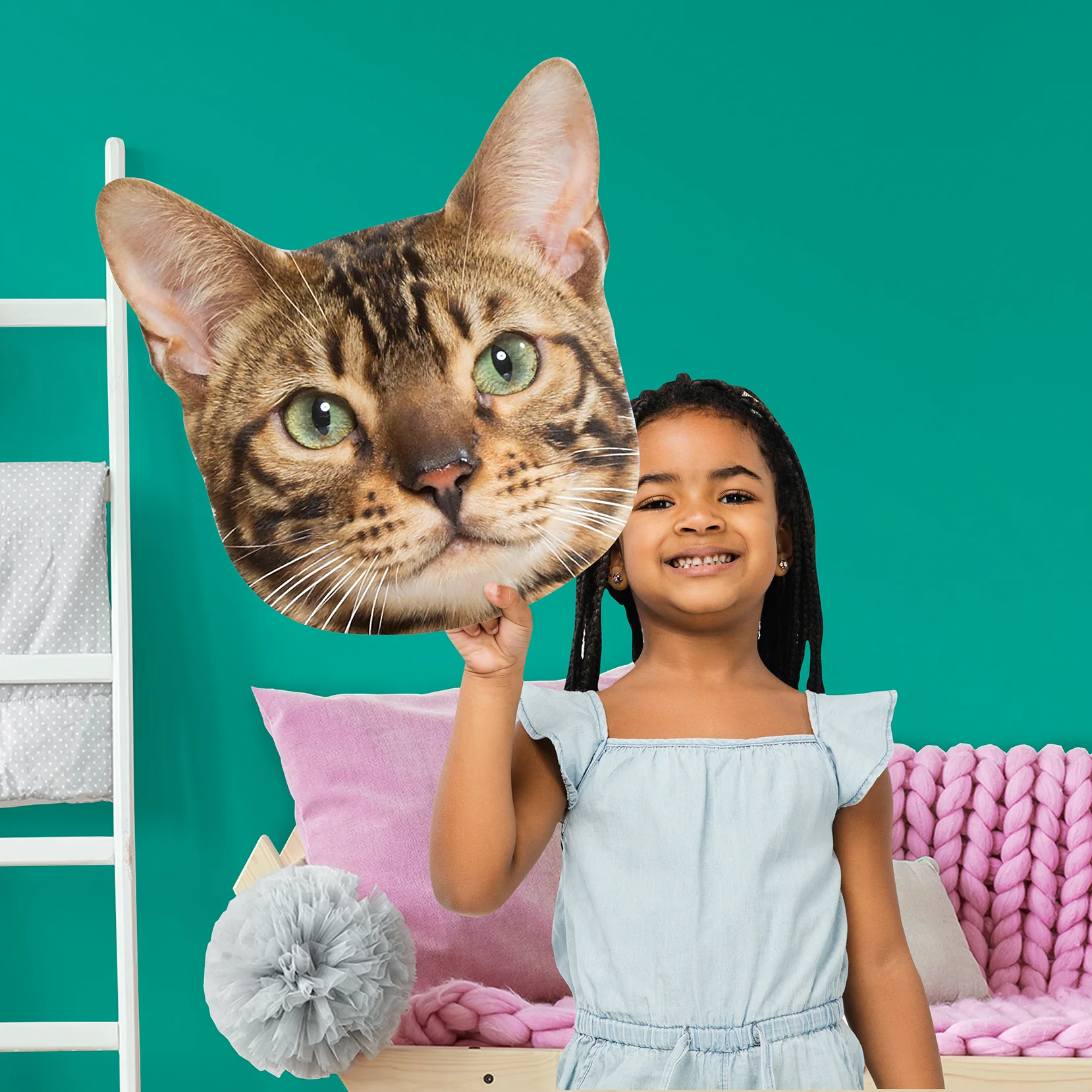
Animals: Bengal Cat Foam Core Cutout - Big Head

Yosemite Gateway Tioga Pass Reopens, CA Firefighter's Advice to Other Countries Fighting Wildfires
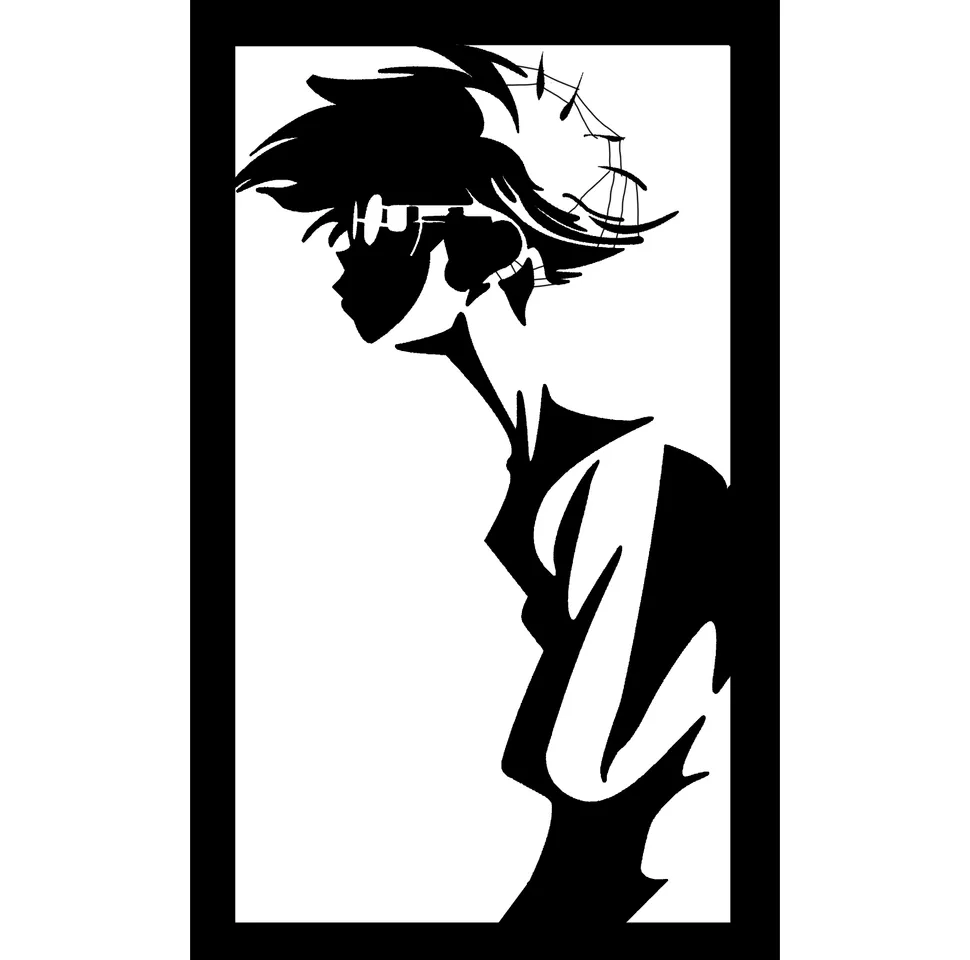
Cowboy Bebop - Ed Wong - 2d Wall Art by Nanotech76, Download free STL model
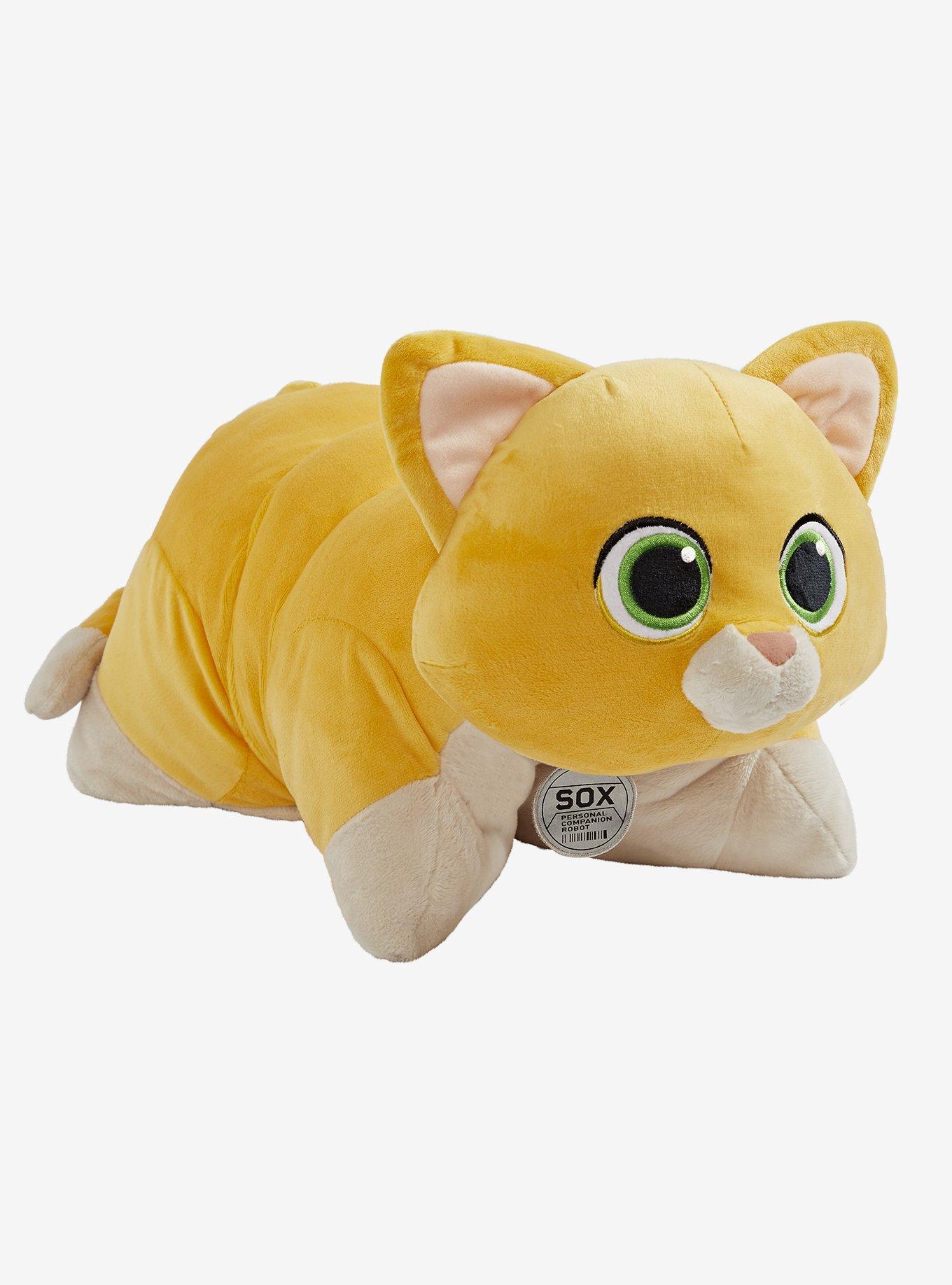
Disney Pixar Lightyear Sox The Cat Pillow Pets Plush Toy
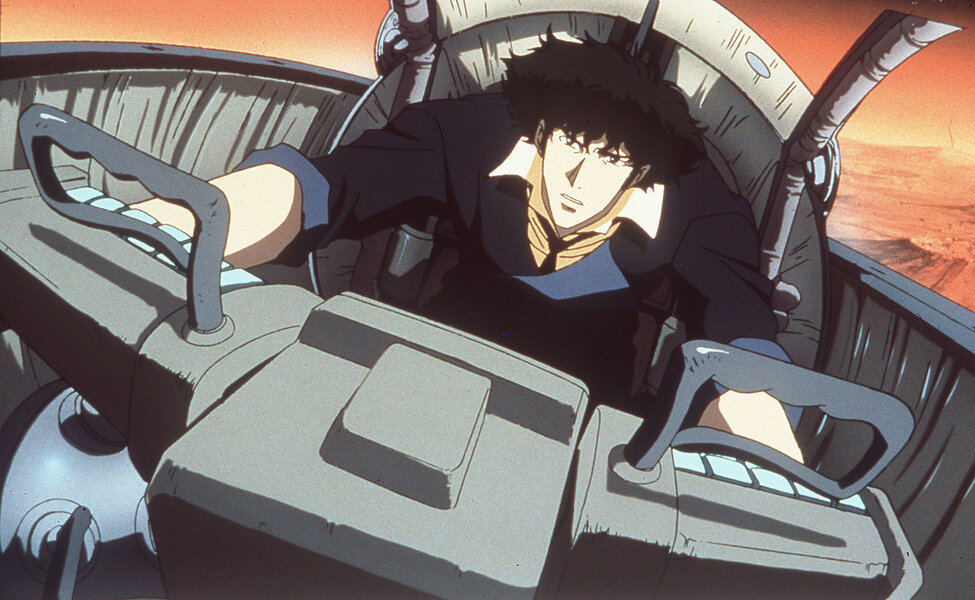
Best Anime on Netflix to Watch Right Now - Thrillist

Cowboy Bebop - Framed Anima / Manga TV Show Poster (Spike) (Size: 25 X 37)

Large LOT Japanese Anime DVD Collection Manga Fate/Zero Psycho Pass Black Lagoon
de
por adulto (o preço varia de acordo com o tamanho do grupo)
